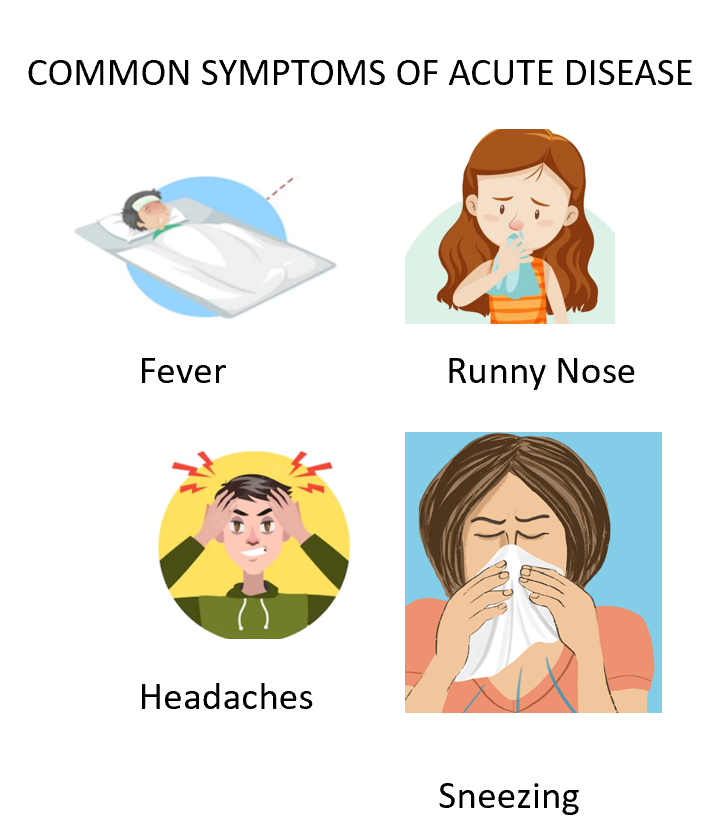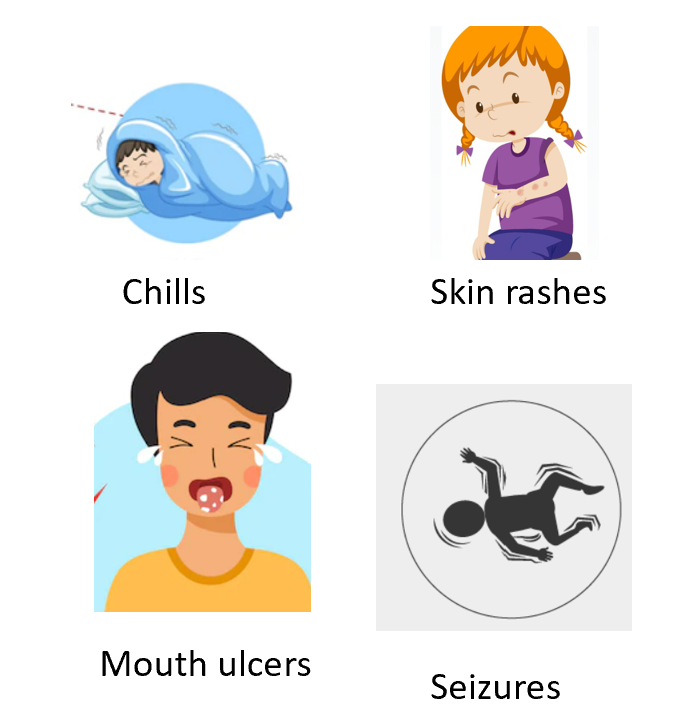Introduction
A disease is any adverse change from an organism’s usual anatomical, genetic, or physiological state. An illness is accompanied by a distinctive collection of signs and symptoms that are illustrative of that specific condition and aid in its diagnosis and treatment. Diseases can be acquired, congenital, communicable, non-communicable, chronic, and acute diseases. Medical science has cured some of the diseases while some diseases are not curable and hence prove to be fatal.
Classification of disease
Various diseases can be classified based on the source of detection, causative agents, medium of infection, Duration, Communicability, and Extent.
Based on Communicability there are two types of diseases-
- Communicable disease-These diseases are contagious and are brought on by microbes like bacteria, fungi, viruses, worms, and protozoans. For eg COVID-19, chickenpox, cholera,
- Non- Communicable disease-These are not contagious and do not pass from person to person. These bind the person who contracts them inside. Cataracts, Alzheimer’s, cataracts, and heart conditions are a few examples.
Based on duration there are two types of diseases-
- Acute diseases-These illnesses are severe, last very briefly, are typically curable with appropriate medical care, and the patient regains their normal bodily functions after being treated. Common colds, fractures, pneumonia, bronchitis, etc. are a few examples. Chronic diseases can develop from acute illnesses if they are not treated on time.

- Chronic diseases- These illnesses last three years or longer before they are diagnosed. Depending on the organism’s immunity, the disease’s stage of development, the organ or organ system that is affected, and other factors, they may be curable. Such illnesses have the potential of being deadly and incurable. Examples include high blood pressure, diabetes, HIV, arthritis, and cancer etc.
 Differentiate between Acute diseases and Chronic diseases
Differentiate between Acute diseases and Chronic diseases
| Acute diseases | Chronic diseases |
Generally spread from one infected individual to another. | They do not usually spread from one infected individual to another. |
These are generally communicable diseases | These diseases are generally non-communicable diseases |
These are caused due to contaminated food, water, vectors or from direct or indirect contact with an infected person. | They are caused due to genetic, allergic, deficiencies or environmental factors. |
People who are unvaccinated, immunosuppressed or who are constantly travelling to the infected regions have a high risk of getting this disease. | People who show various comorbidities such as high blood pressure, obesity, and various metabolic disorders are at high risk of getting these diseases. |
Poor living conditions, underdeveloped healthcare systems and lack of cleanliness are responsible for these kinds of diseases. | Behavioural factors, Poor dietary habits and Genetic factors are responsible for these kinds of diseases. |
Eg- COVID-19, SARS, Chlorella, TB etc | Eg- Cancer, HIV, Diabetes etc |
Diseases due to environmental changes
Polluted environment is one of the main factors for diseases to occur. Some of these are explained below.
- Air pollution: Respiratory disorders such as chronic bronchitis, emphysema, lung cancer, acute lower respiratory infections, etc. are caused by harmful gases in the air such as sulphates, nitrates, together with VOC, PM and Polyaromatic Hydrocarbons (PAHs).
- Water pollution: Several pathogenic bacteria can cause cases of botulism, dysentery, cholera, giardiasis, amoebiasis, naegleriasis, etc. These are caused due to contaminated water as sewage sources, swimming pools, or untreated drinking water containing all different kinds of microbes.
- Toxins- The presence of lead, arsenic, and mercury in the environment are some toxins, and they cause various diseases including malignancies like mesothelioma and melanoma, cardiovascular diseases like atherosclerosis, kidney ailments, and cerebrovascular diseases.
Summary
Disease is a state of the body that deviates from its usual state. There are many different ways to categorise diseases, including according to how long they have persisted, what caused them, how they spread, and how contagious they are.Acute disorders manifest abruptly and last only briefly. Chronic diseases are those that take longer to develop, last for a year or, occasionally for a lifetime. A healthy person can contract a communicable disease from an infected person using a variety of carriers, such as air, water, and animals. Cardiovascular diseases, CRDs, cancer, and diabetes are examples of non-communicable diseases that cannot be passed from one person to another. Pollution in the environment can also cause diseases.
Frequently Asked Questions
1. What do zoonotic illnesses mean?
Ans: Diseases which are caused by animals.i.e. animals carry disease-causing microbes such as bacteria or viruses are known as zoonotic illness. These diseases can be spread by scratches, body fluids etc. Eg- malaria, rabies, zika virus etc.
2. Explain the terms- Pathogen, Pathogenesis.
Ans: Pathogen- Any organism which causes disease is known as a pathogen eg- virus, fungus, bacteria etc.
Pathogenesis- It is a series of events which occur between the entry of the pathogen inside the body and spread of the disease in the body.
3. How can the transmission of communicable illness be prevented?
Ans: It is crucial to improve one’s personal hygiene as well as societal awareness and societal hygiene. Vaccinations have already contributed to the global eradication of several serious diseases.
 Mission Statement
Mission Statement
“Empower every student to achieve full potential”
88Guru has been established with the social objective of making quality video-based learning material available to all Indian students. Technology, Connectivity and Social Media are rapidly changing the world of Education and we wish to lead the transformation of the tuition industry in India.
88Guru is the perfect complement to the current tuition model. 88Guru creates a wonderful opportunity for children and parents to bond while engaging in a valuable learning activity. It also provides the complete curriculum at your fingertips for those moments when you need some help at short notice. We believe that this mode of tuition could be transformational, adding hours to a child's day while providing complete control over the learning process.
Every course is taught by the best teachers from India's top schools and conducted in an engaging manner to keep students involved. The e-learning process consists of video-based instructions, computer-graded assignments, and a dashboard which allows the student and parent to track progress.


